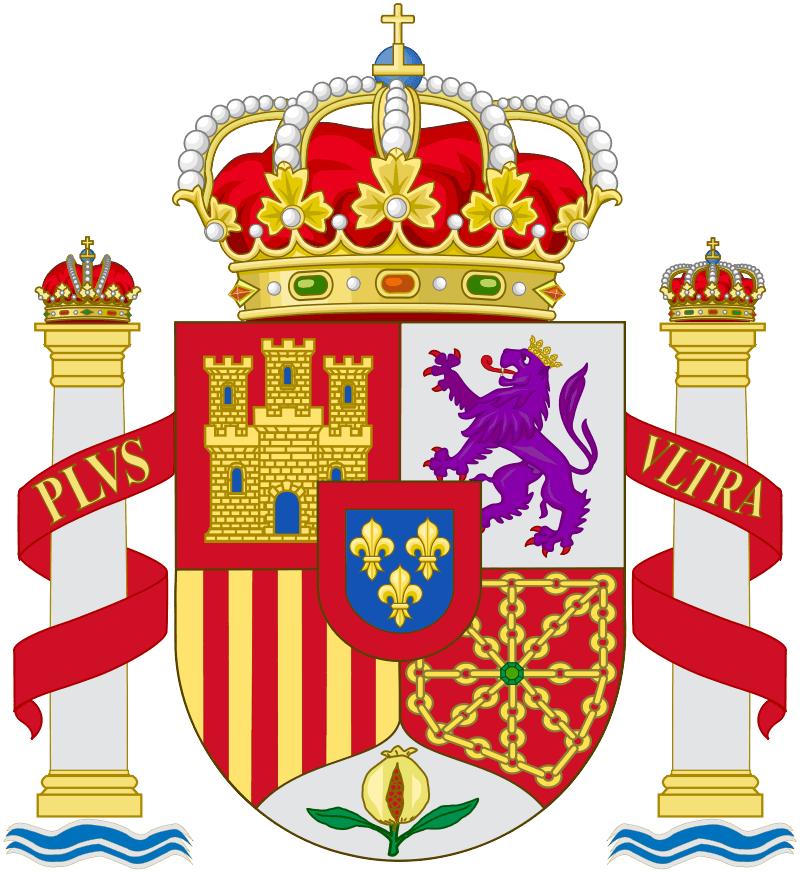Want to learn more about heraldry in Spain? Read on for facts and info on the development of Spanish heraldry…
Heraldry, as it is known in the world today was first introduced in Spain as an art form. Historical records indicate that it was initiated in the 11th century and shared the same origins in other European countries. Heraldry was developed for the purpose of assigning ranks to knights and nobles in the battlefield. It also came into use in jousts and tournaments. Because of the fact that knights were covered in armor from head to toe it made it impossible to identify the leader on the battlefield and hence heraldry played an important role in this regard.
The coat of arms is the design that displays the heraldry. Owners had the liberty to choose the kind of design they wanted to display on their arms. They could also choose to give certain specific symbolism or meaning to the heraldry. In the early days everybody had the freedom to display arms but later this became the exclusive right of the nobility. Initially only paternal arms would be displayed. However later this rule was changed and now you have both paternal and maternal arms being displayed. The shields would be cut in half each side having one coat of arms. By the 18th century this trend was changed and now the shield had four quarters. Each quarter had a coat of arms for each grandparent.
One of the things that distinguished the Spanish nobility from their European counterparts is the fact that their nobility is based on military service. There have been very few examples of nobility coming from commerce, church or the law. Over the course of history all the great families of Spain have fought to achieve their ranks. This served as an open invitation for any common man to make his way up to the nobility by providing exceptional military services.
It was this concept that led a lot more families to make their way up the social strata and gain prominence in society. According to the Spanish art of heraldry the coat of arms acts as a symbol of lineage as well as a symbol of the family. According to tradition these arms can be inherited much like all the other items that are passed on through the generations.
Another distinguishing factor between Spanish coat of arms and European coat of arms is the fact that according to Spanish tradition they can be inherited through females as well. Even and illegitimacy could not prevent the arms and titles from being passed on. This was because of the Spanish belief that the alliance could cause more damage to a family pedigree than illegitimacy.
The Spanish heraldic shield has a simple shape with a square on the top and a round shape at the bottom. The graphics that were displayed on this field could be a pictorial of a historical event. The shield would be further decorated with borders and roles along the edges.





